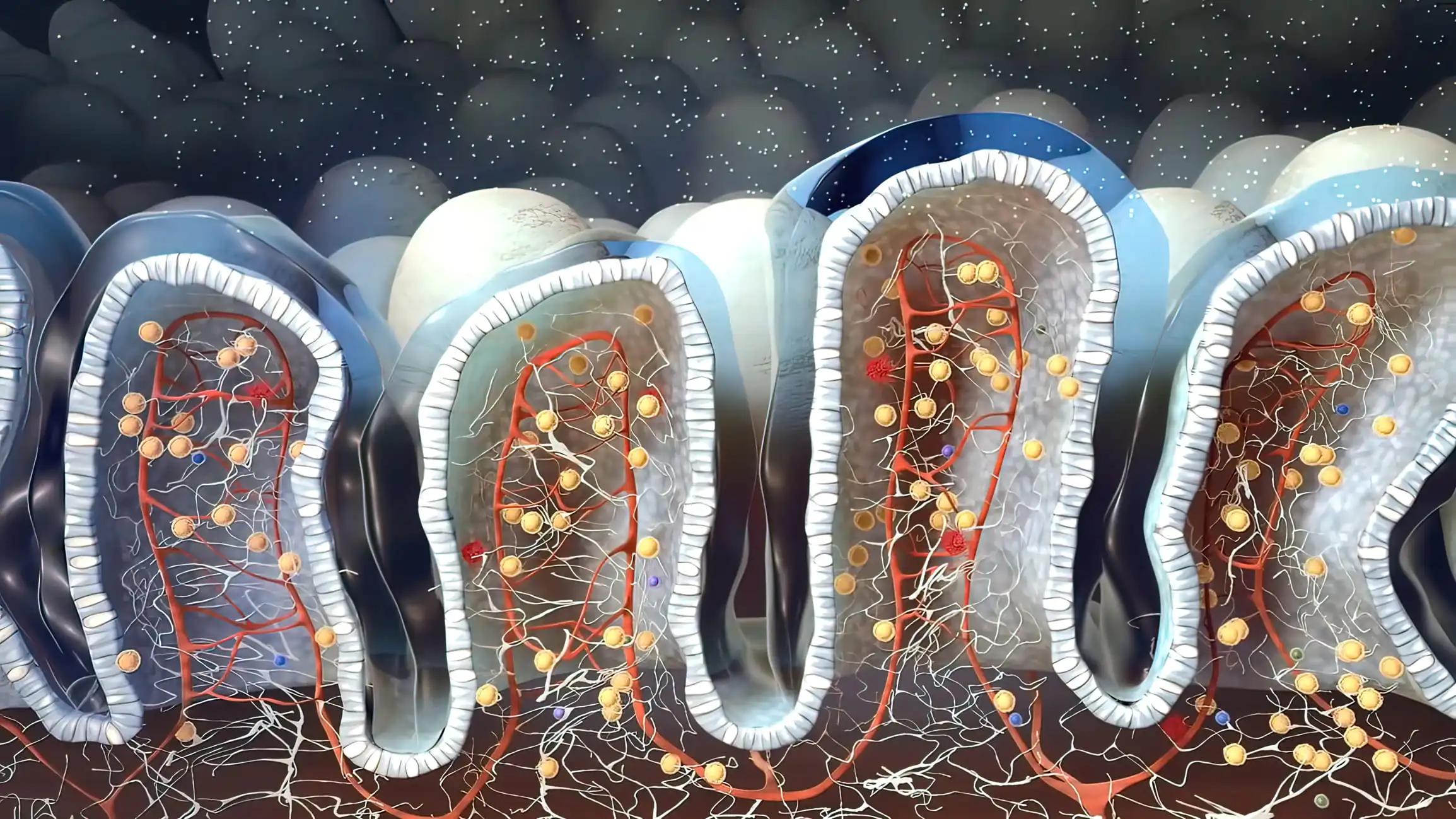KEY TAKEAWAYS
- The phase 1/2 EPCORE™ NHL-2 studied epcoritamab with rituximab + R2 in high-risk FL patients.
- The study showed that epcoritamab and R2 achieved durable clinical outcomes in high-risk FL.
In this trial, patients (pts) with relapsed or refractory (R/R) CD20+ follicular lymphoma (FL) received subcutaneous epcoritamab in combination with R2 for 12 cycles, each lasting 28 days. The dosing regimen for epcoritamab varied during the study. In cohort 2a, it was administered weekly (QW) in cycles 1–3, every two weeks (Q2W) in cycles 4–9, and every four weeks (Q4W) in cycles ≥10. In cohort 2b, QW was administered in cycles 1–2 and Q4W in cycles ≥3 for up to two years. Informed consent was obtained from all participants.
As of October 31, 2022, 109 R/R FL pts had received epcoritamab in combination with R2 across cohorts 2a and 2b. Their median age was 65 years, and most had FLIPI scores of 3–5. Approximately 61% had stage IV disease, while 59% had received only one prior line of treatment. Most pts had previously been treated with alkylating agents (92%) or anthracyclines (62%), and a small number had undergone prior CAR T-cell therapy. At a median follow-up of 8.8 months (ranging from 1.2 to 18.5 months), 82% of pts remained on the treatment.
The most common treatment-related adverse events included cytokine release syndrome (CRS) and neutropenia (both at 48%), injection-site reactions (38%), and fatigue (33%). CRS events were mainly of low grade (46% were Grade 1–2, and 2% were Grade 3) and predominantly occurred following the first full dose (cycle 1, day 15). All CRS events were resolved, and none led to treatment discontinuation. Two pts experienced immune effector cell-associated neurotoxicity syndrome (ICANS), both low-grade (Grade 1 and Grade 2) and resolved.
Among the 101 pts evaluated for efficacy, the overall response rate (ORR) was 97%, with a complete metabolic response (CMR) observed in 86% of pts. The median time to any response and CMR was 1.4 months. The estimated six-month progression-free survival was 93%. Notably, pts achieved higher ORR and CMR rates with epcoritamab in combination with R2 compared to their previous therapy. These favorable responses were consistent across high-risk subgroups, including pts with POD24, those who were double refractory, refractory to the last line of therapy, primary refractory, and refractory to prior anti-CD20 treatment.
Epcoritamab and R2 demonstrated potent antitumor activity and manageable safety in R/R FL pts. Encouraging responses were observed even in pts with high-risk features, suggesting that subcutaneous epcoritamab may counteract the negative effects associated with high-risk disease characteristics.
Clinical Trials: https://classic.clinicaltrials.gov/ct2/show/NCT04663347
https://classic.clinicaltrials.gov/ct2/show/NCT05409066
Sureda, A., Falchi, L., Leppa, S., Vermaat, J., Holte, H., Hutchings, M., Lugtenburg, P., Vos, S.D., Abrisqueta, P., Nijland, M., Merryman, R.W., Christensen, J.H., Wahlin, B., Linton, K., Wang, L., Abbas, A., Rana, A., Quadri, S., Belada, D. EPCORITAMAB WITH RITUXIMAB + LENALIDOMIDE (R2) PROVIDES DURABLE RESPONSES IN PATIENTS WITH HIGH-RISK FOLLICULAR LYMPHOMA, REGARDLESS OF POD24 STATUS. EHA Library. Sureda A. 06/08/2023; 387922; S222.



